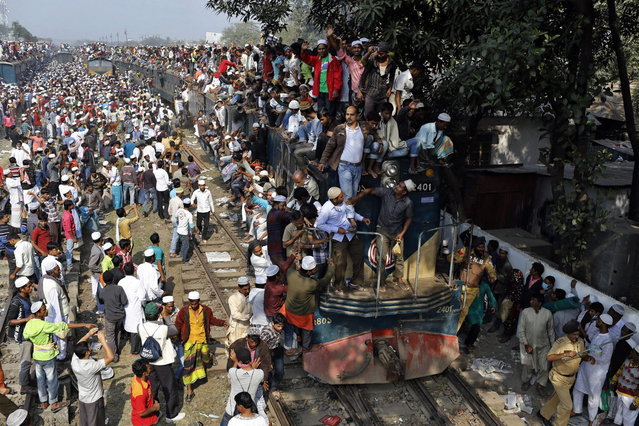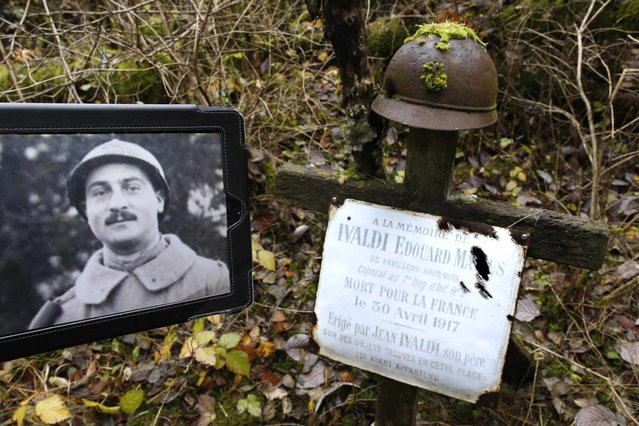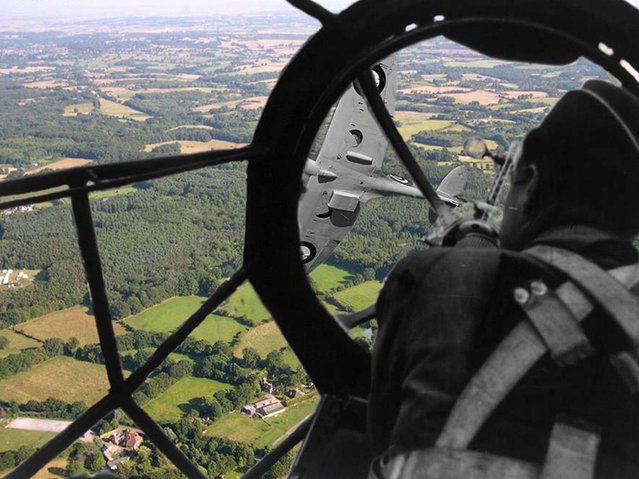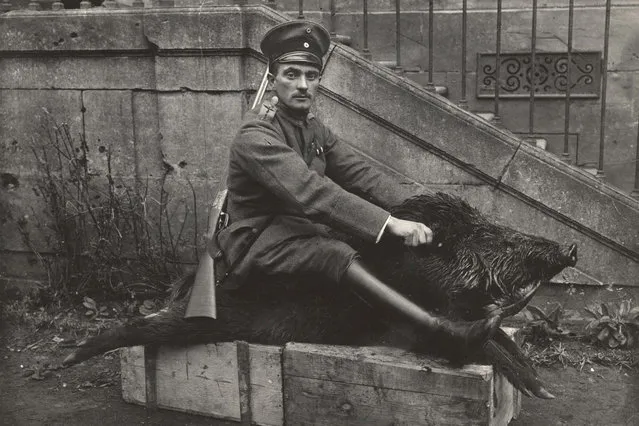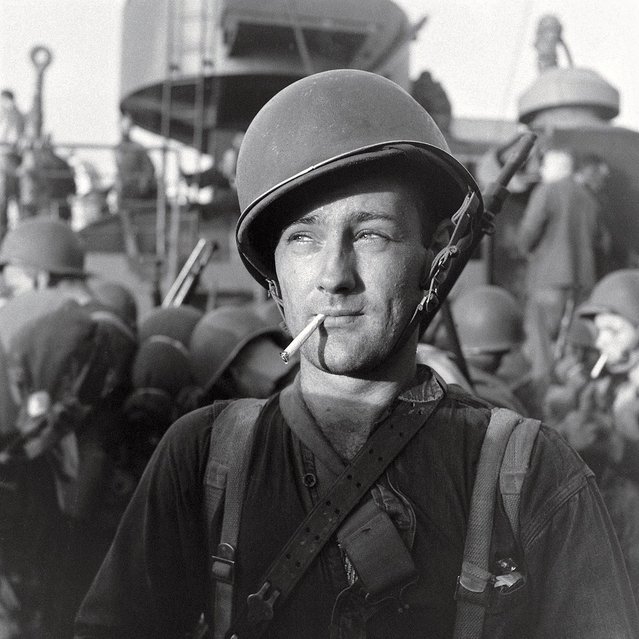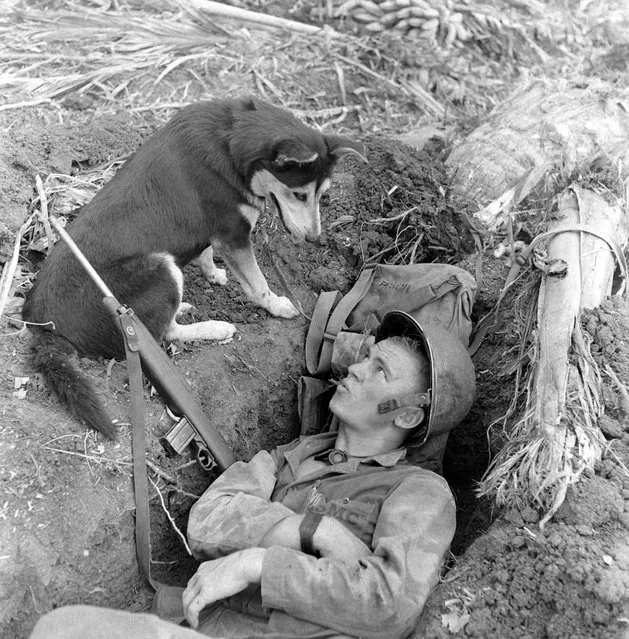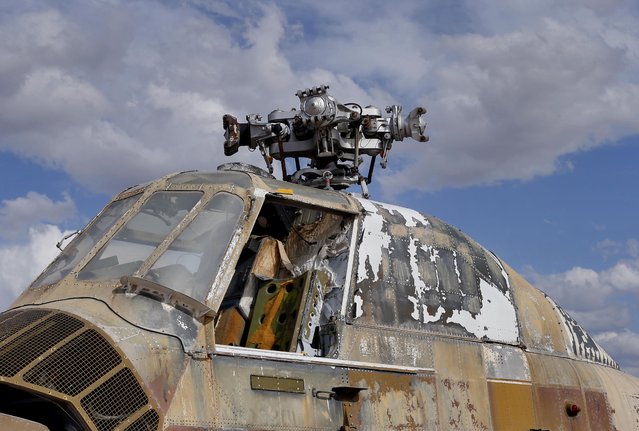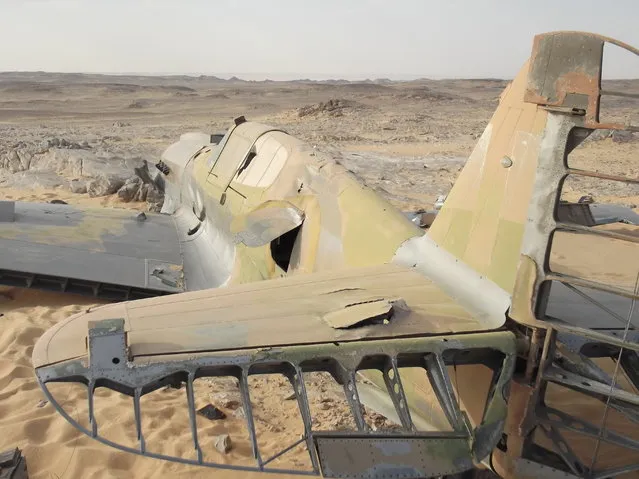
The number of soldiers on both sides of WWII that were killed or went missing is just staggering. Now, the mystery surrounding one RAF pilot and what happened to him and his plane has been solved after 70 years. RAF flight Sergeant Dennis Copping climbed into his Kittyhawk P-40 aircraft in June 1942 to fly the plane to another airbase for repairs. He was never seen or heard from again.
02 Oct 2014 18:42:00,post received
0 comments

